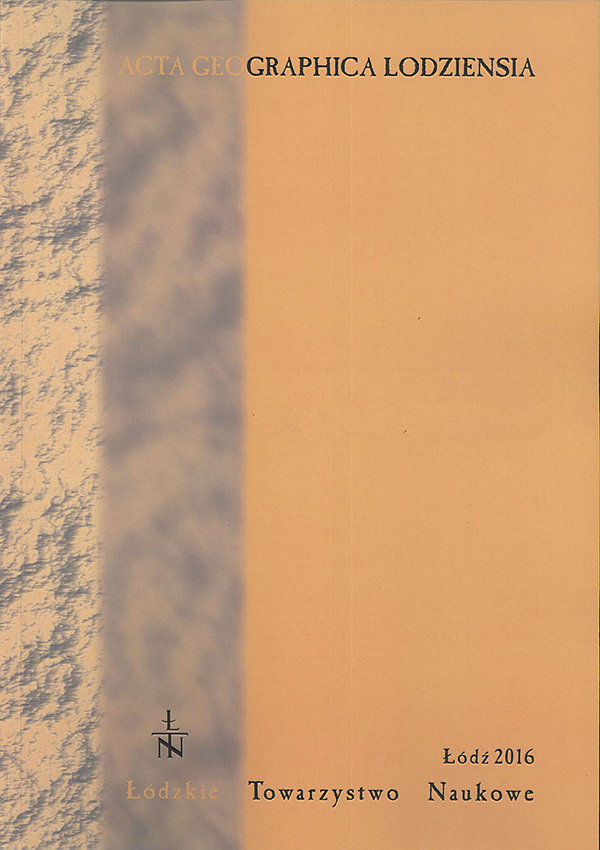Stoki sudeckie piętra leśnego w holocenie
Forest belt hillslopes of the Sudetes in the Holocene
Author(s): Piotr MigońSubject(s): Regional Geography, Environmental Geography, Geomatics
Published by: Łódzkie Towarzystwo Naukowe
Keywords: mass movements; biogeomorphology; landslides; denudation system; human impact; Sudetes
Summary/Abstract: Forested hill slopes in the Sudetes have been long considered as a stable geomorphic environment, typified by landforms and cover deposits inherited from the periglacial environment. The results of recent research show that such an extreme view is no longer tenable. Slopes under forest are continuously shaped by coexisting denudational (mass movements, surface wash, through flow, soil creep) and biogeomorphological processes (tree throw and detachment of root plates). Some processes operate on a permanent basis, others are episodic and are triggered by extreme weather events such as heavy rains and strong wind. They also differ in terms of the spatial scale of occurrence. Creep, through flow and tree throw affect large parts of hill slopes whereas particle fall and debris flow have highly localized nature. New landforms due to Holocene processes are mainly pit-and-mound associations, resultant from tree fall and decay of root plates. New generations of cover deposits have come into being, whereas the structure of Pleistocene deposits is subject to alteration due to bio- and pedoturbations. An important role is played by human interference, with linear erosion on bare surfaces of roads and logging tracks being particularly significant.
Journal: Acta Geographica Lodziensia
- Issue Year: 2017
- Issue No: 106
- Page Range: 37-52
- Page Count: 16
- Language: Polish

